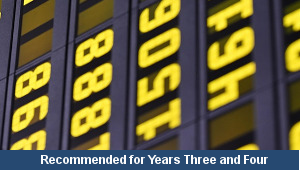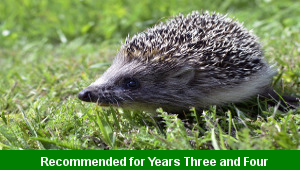Lesson Three – Soup Shopping

This maths teaching pack for Key Stage Two gets the children to explore and record how to convert different measurements between grams and kilograms to calculate the prices of special foods that are needed for different recipes.
The class can explain and model how to convert measurements to the same units in grams and kilograms so that the mass of each type of soup can be calculated.
Download this teaching pack including a lesson plan, classroom activities and an interactive presentation to explore and record how to convert different measurements between grams and kilograms to calculate the prices of special foods that are needed for different recipes
Activities in this teaching pack include a differentiated set of worksheets to select and convert sets of measurements between grams and kilograms when using number skills to calculate the prices of some of the special foods that are needed for different recipes.
The interactive presentation gets the children to explore how to convert measurements between grams and kilograms to calculate the prices of foods needed for different recipes.
This lesson is part of a maths scheme of work to get the children to solve a selection of contextual problems by comparing and converting between different units of measurement for mass, length and capacity. There are teaching activities for shared learning, differentiated worksheets to support independent learning and interactive presentations to introduce concepts and key skills.
-

Rounding Hundreds
Explain and model how to round some different numbers to the nearest hundred based on the place values of the digits in each number
-

Rounding Tens
Identify and record how to round some different numbers to the nearest ten based on the place values of the digits in each number
-

Classic Animal Stories
Investigate the structure and content of classic works of fiction by significant authors with animals as the main characters
-

Cities, Towns and Villages
Research and present the history of a range of different buildings and people that are part of the local community using a school exhibition
